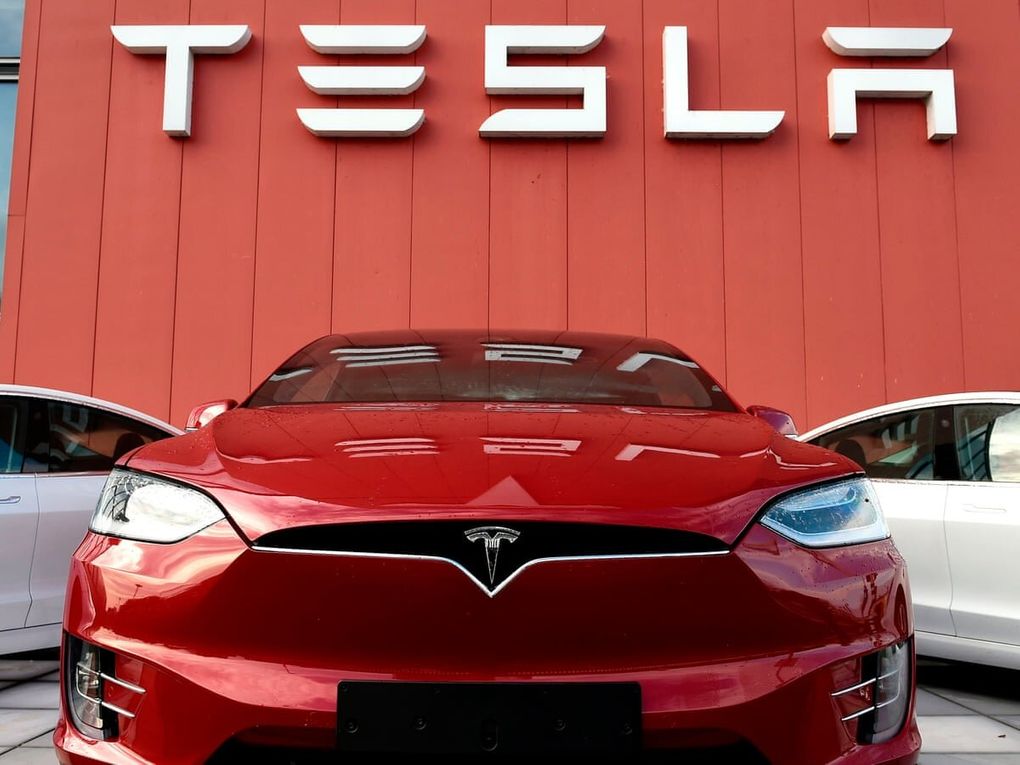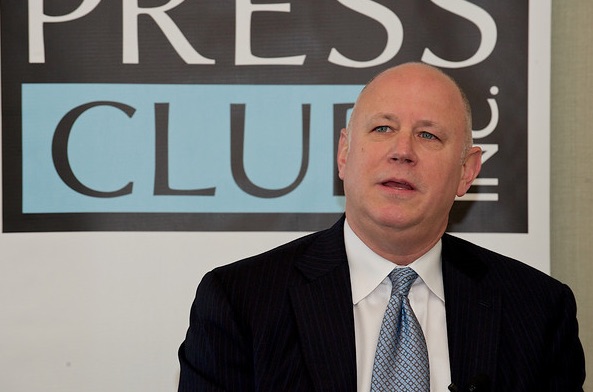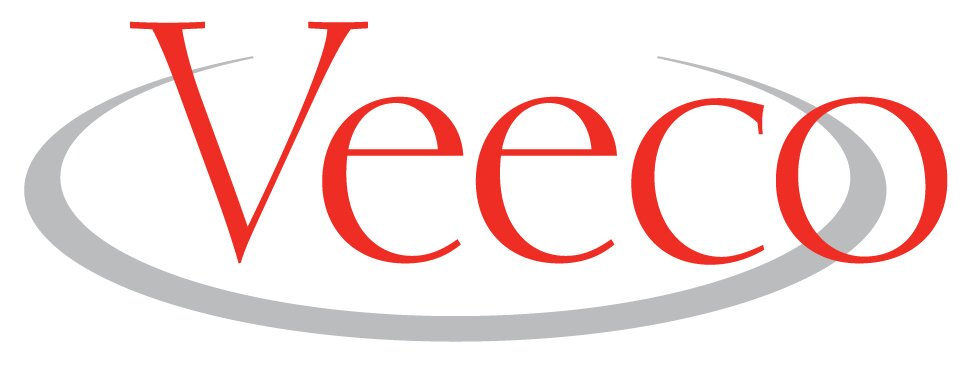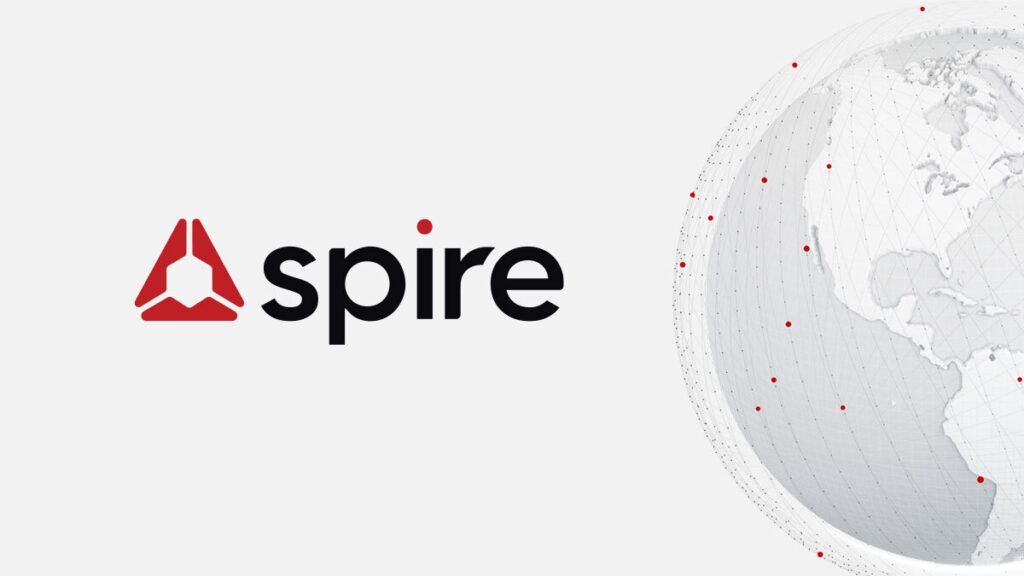Mercari – A Japanese e-Commerce Company That Became The Country’s First Unicorn.
Shintaro Yamada, a famous Japanese businessman founded Mercari, a Japanese e-commerce platform in 2013. The business was started in Japan, but it eventually entered the United States after a few years. So, currently, it serves two markets because in 2018 the European branch of Mercari was shut down as a “temporary retreat.” The present CEO of the company is Shintaro Yamada who has been holding the position since 2013. The mobile application of Mercari is a big hit among the Japanese people for two main reasons, security and ease to use. The Mercari marketplace app is the largest community-powered marketplace in Japan. Transactions worth more than 10 billion JPY are carried out on this platform every month.
Early Days
When Mercari was officially launched in Japan, it had competitors like Yahoo!. But the reason why Japanese people rapidly accepted the usage of Mercari was some of its unique features that increased the convenience of the customers. Back in February 2013 when Yamada founded Mercari, its original name was Kouzoh, Inc. After a few months, the mobile app of the company for both Android and iOS devices was launched. It was shocking to witness that more than a million people signed in for this online shopping platform within a year.
When Yamada decided to build the app, he planned to develop something similar to an online flea market. So, the features that were added in Mercari were well-thought and implemented. For example, putting up an item online for sale can be a rather lengthy and tiresome process and it requires to be done from a computer. Since It was developed mainly for smartphones, the selling process through this platform became a lot easier. Many Japanese people were attracted to Mercari due to this reason, especially who didn’t own a personal computer. Mercari increased the scope of customer-to-customer market service among the Japanese population.

Growth & Expansion
From the very beginning, the growth of Mercari has been spectacular. After a year, Mercari witnessed approximately 4.5 million people using the app and more than 100,000 new items getting listed on a daily basis. The total transaction per day also exceeded $10 million. As the company was becoming the hype, it attracted investors including Global Brain Corporation, Globis Capital Partners, World Innovation Lab, East Ventures, and many more. Due to its early and rapid growth, Mercari was taken into the international market (United States) in 2014. The company expanded so soon in the international market due to high funding (raised $75 million in Series D funding).
After a couple of years in 2016, Company reached the $1 billion mark and became Japan’s first startup to gain unicorn status. This was a very big achievement in the startup community of Japan inspiring the people to come up with more innovative ideas. After expanding to the United States, the company’s next target was the UK but the European market of Mercari was closed shortly after its opening. This happened because the company was unaware of the local conditions there and thus the idea to launch Mercari in the European market backfired. As the company became bigger, it decided to go public in 2018 and offered its IPO. After the IPO, the company’s valuation became $7.4 billion. The company was also named “Best App” by Google Play for two consecutive years.
Shintaro Yamada – Founder & CEO of Mercari
Being the CEO and founder of Mercari, Shintaro Yamada currently owns one-third of the company. Yamada started his career with Rakuten, a little e-commerce company that he joined as an intern. While he was in Rakuten, he developed an auction website for the company and he started getting rough ideas about the company’s operations and how an e-commerce company functions. After a few years, he decided to start his own venture and founded Mercari.

Annasha Dey is an NIT student, who apart from studying engineering is also a content writer. She has a great interest in photography, writing, reading novels, and travelling as well. She is a foodie who loves socializing and hanging out with her friends. She is also a trained Kathak dancer and a big fashion enthusiast. Dey also loves watching TV series, which includes F.R.I.E.N.D.S. and Big Bang Theory. To be a better writer she prefers to read more




